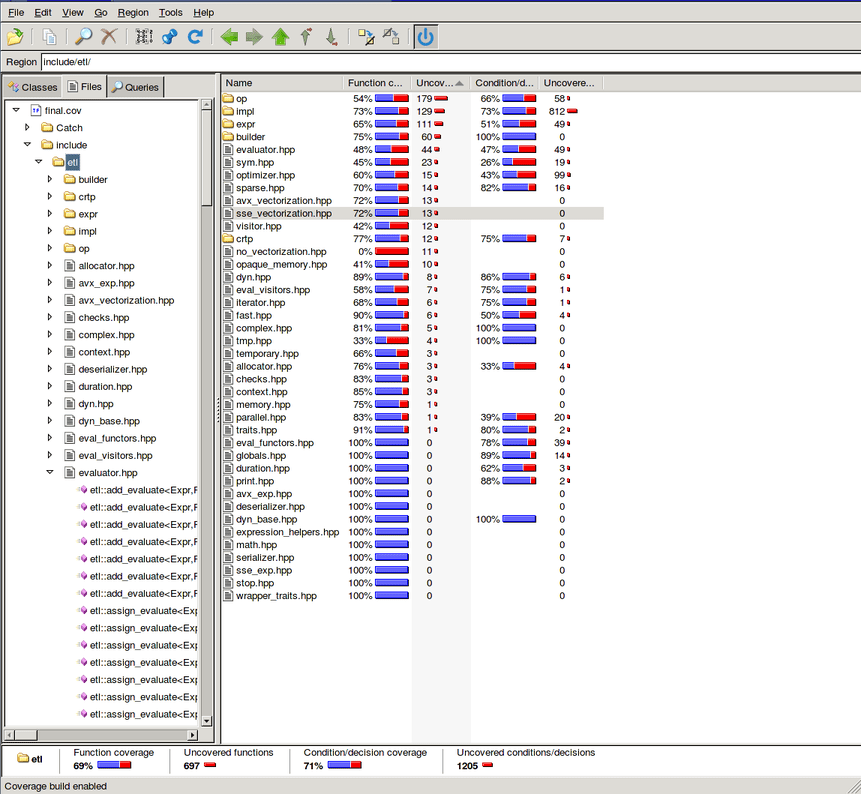Investing in the stock market can be an exciting yet challenging endeavor.
Traditional options trading has long been a popular choice, but what if there was a more accurate and risk-reduced approach? That’s where bullseye option trading comes into play. In this article, we’ll explore the world of bullseye option trading, its benefits, how it works, and whether it may be the right investment strategy for you.
Introduction
Bullseye option trading is a specialized approach to options trading that focuses on achieving higher accuracy in predicting price movements. It involves analyzing potential assets and using technical analysis tools to make informed decisions, aiming to hit the “bullseye” for precise forecasting.
This strategy differs from traditional options trading by placing greater emphasis on accuracy and reducing risks associated with conventional approaches. By utilizing technical analysis tools and focusing on precision, bullseye option trading aims to maximize profit potential while minimizing uncertainties.
The Benefits of Bullseye Option Trading
Bullseye option trading offers two key benefits: higher accuracy in predicting price movements and reduced risk compared to traditional options trading.
Achieving higher accuracy is possible by incorporating advanced technical analysis techniques and refining entry points. Traders can pinpoint the optimal entry point based on thorough analysis, increasing their chances of success. This precision allows them to profit from favorable market conditions.
Real-life success stories exemplify how bullseye option trading revolutionizes profitability. Traders who master this approach consistently outperform the market, achieve higher returns, and minimize losses.
In terms of risk reduction, bullseye option trading limits potential losses by employing precise entry and exit points. Traders have a clear understanding of their maximum loss upfront, enabling effective risk management.
In contrast, traditional options trading exposes traders to unlimited losses if the market moves against their positions. Bullseye option trading provides protection by focusing on accuracy and reducing downside risks.
Overall, bullseye option trading enhances decision-making and mitigates risks associated with options trading. Its combination of higher accuracy and reduced risk makes it an attractive choice for investors seeking greater control over their investments.
How Does Bullseye Option Trading Work?
Bullseye option trading is a systematic approach that involves several key steps to maximize profit potential in the financial markets. Traders carefully select assets based on various criteria such as liquidity, volatility, and market trends. Thorough research and analysis are crucial at this stage to identify assets with high profit potential.
Technical analysis plays a pivotal role in bullseye option trading. Traders rely on popular indicators like moving averages, relative strength index (RSI), and Bollinger Bands to accurately analyze market trends and make informed predictions.
Moving averages help identify trends by smoothing out price fluctuations over a specific period, while the RSI serves as a momentum oscillator measuring the speed and change of price movements. The RSI also indicates potential overbought or oversold conditions.
Additionally, Bollinger Bands provide insights into volatility and potential price reversals by plotting standard deviations around a moving average.
To aid decision-making, traders utilize specific technical analysis tools commonly used in bullseye option trading. These tools enable them to assess market conditions more accurately, mitigate risks, and identify profitable opportunities.
By incorporating technical indicators into their strategies, traders can better navigate the complexities of the financial markets.
Tips for Successful Bullseye Option Trading
Choosing the right timeframe is crucial in bullseye option trading. Traders must consider their preferred style, risk tolerance, and market conditions when selecting a timeframe. Short-term trades require more active monitoring, while longer-term trades allow for a more relaxed approach.
Setting realistic profit targets and stop-loss levels is key to successful bullseye option trading. Traders should avoid being driven by greed or fear-based decisions and instead make rational choices based on analysis.
Diversification is essential in bullseye option trading to minimize risks. Spreading investments across different assets or sectors helps protect against individual losses.
By considering these tips – choosing the right timeframe, setting realistic targets and stop-loss levels, and implementing diversification strategies – traders can increase their chances of success in bullseye option trading.
Common Mistakes in Bullseye Option Trading
When it comes to bullseye option trading, avoiding common mistakes is essential for success. Beginner traders often fall into pitfalls that can hinder their progress. Two major errors to steer clear of are focusing solely on short-term gains and ignoring proper risk management practices.
Many beginners fixate on short-term gains without considering the broader context and long-term implications. It’s crucial to develop a comprehensive trading plan and stick to it. This ensures that decisions are made based on a well-thought-out strategy rather than impulsive actions driven by the desire for quick profits.
Risk management is another critical aspect of bullseye option trading. Successful traders prioritize risk management and have strict guidelines in place for managing losses. Ignoring proper risk management practices can lead to significant financial setbacks.
Implementing strategies like setting stop-loss orders, diversifying investments, and conducting thorough research are key to responsible trading.
By avoiding these common mistakes, beginner traders can increase their chances of achieving successful outcomes in bullseye option trading. Remember to consider long-term strategies and prioritize risk management for optimal results.
Real-Life Examples of Bullseye Option Trading Success
Successful bullseye option traders offer valuable insights and inspiration for those aiming to achieve similar success. These real-life stories highlight the potential rewards of this trading strategy and the importance of a strong educational foundation.
Traders face challenges like market volatility, emotional discipline, and adapting to changing conditions. Consistent success requires technical analysis skills, disciplined execution, risk management techniques, and continuous learning from both successes and failures.
Real-life examples inspire and demonstrate the possibilities of bullseye option trading.
Comparison with Other Investment Options
When comparing investment options like stocks, bonds, and real estate, it’s important to consider their unique advantages. Bullseye option trading stands out by offering higher accuracy in predicting price movements, reduced risk compared to traditional options trading, and the flexibility to profit in both rising and falling markets.
Stocks provide ownership in a company but come with market volatility. Bonds offer fixed income but lower returns. Real estate can appreciate over time but requires substantial upfront capital.
In contrast, bullseye option trading excels in its ability to predict price movements accurately. It also reduces risk through strategic approaches like hedging or spread betting. Moreover, it allows investors to profit regardless of market direction.
Considering these factors, bullseye option trading presents a compelling alternative for diversification and potential profitability in investment portfolios.
Is Bullseye Option Trading Right for You?
Before engaging in bullseye option trading, it is important to evaluate your risk tolerance, available capital, time commitment, and investment goals. Assessing these factors will help determine if this strategy aligns with your overall financial objectives.
Evaluate your risk tolerance and willingness to handle potential losses and market fluctuations.
Consider the amount of available capital you can allocate towards bullseye option trading without compromising your financial stability or other investment goals.
Assess the time commitment required for active monitoring and decision-making in this strategy.
Define your investment goals and determine if bullseye option trading aligns with them, whether you seek short-term gains or long-term growth.
Seek guidance from a financial advisor or expert who can provide personalized insights based on your specific circumstances.
By carefully considering these factors and seeking professional advice, you can determine if bullseye option trading suits your individual needs and objectives.
[lyte id=’bEjoURunSOY’]







